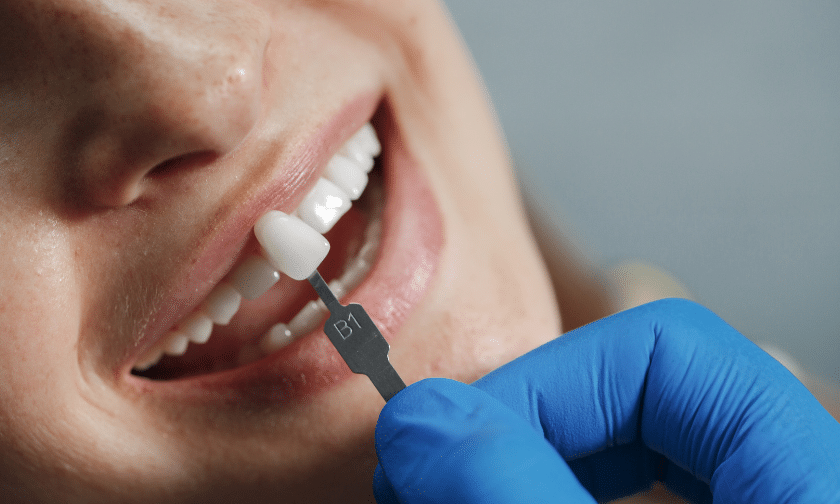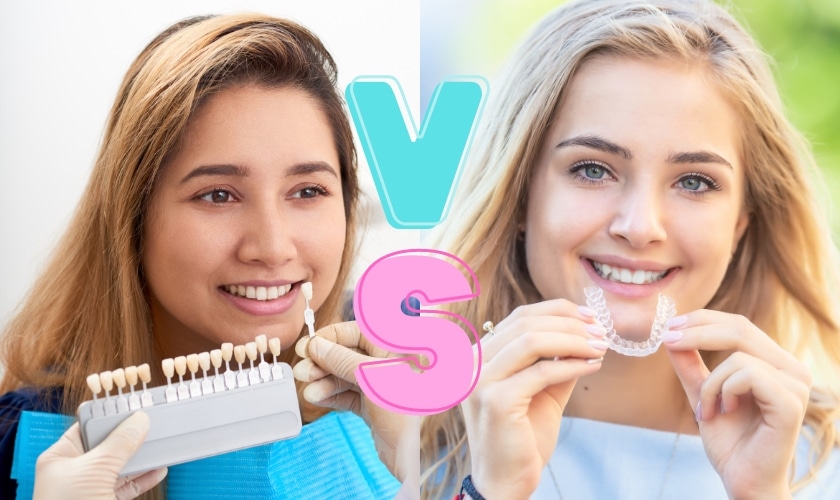
Smile Makeover: How Gum Contouring Can Transform Your Appearance
Have you ever felt self-conscious about your smile? Do you hide your teeth when you laugh or smile for photos? It’s time to put an end to that insecurity and transform your appearance with gum contouring. This cosmetic dental procedure is gaining popularity as a way to enhance the look of your teeth by reshaping the gums.
In this blog post, we will explore what gum contouring is, its different types, how it’s applied, and what to expect after treatment. Get ready to say goodbye to gummy smiles and hello to a confident new you!
What is Gum Contouring?
Gum contouring is a cosmetic dental procedure that alters the shape and appearance of your gums. It is also known as gum reshaping or tissue sculpting. The primary goal of this treatment is to improve the look of a person’s smile by removing excess gum tissue and making teeth appear more prominent.
The procedure involves using a laser or scalpel to remove or reshape the gum tissue surgically. By doing so, it exposes more of the tooth surface which creates an even-looking and aesthetically pleasing smile.
Gum contouring can help people who have a gummy smile where their teeth appear smaller than they should because their gums are too large. It can also help those with receding gums, where they experience sensitivity due to exposed roots, by adding new tissue or grafts in areas with missing gum coverage.
This process requires minimal downtime and typically takes less than an hour to complete depending on how many teeth need reshaping. Patients can usually return home immediately after treatment but may feel some discomfort during recovery.
Gum contouring is one effective solution for achieving a beautiful and confident smile if you’re unhappy with your natural gum line.
The Different Types of Gum Contouring
Gum contouring is a cosmetic dental procedure that involves reshaping the gum line to enhance the appearance of your teeth. There are different types of gum contouring procedures, each designed to address specific issues and achieve desired results.
One type of gum contouring procedure is known as crown lengthening. This procedure involves removing excess gum tissue to expose more of the tooth’s surface, creating an illusion of longer teeth. Crown lengthening can also be used in cases where there isn’t enough tooth structure left for a proper restoration.
Another type is called gingivectomy, which focuses on reducing excessive or uneven gums by trimming them back using lasers or surgical tools. It’s typically done when there is too much gum tissue present around the teeth, causing them to look smaller than they should be.
Gum graft surgery is another option that helps correct receding gums caused by periodontal disease or aggressive brushing habits. This procedure takes healthy tissues from other parts of your mouth and transplants them onto areas with thinning gums.
There’s orthodontic exposure or uncovering, which aims to reveal impacted teeth hidden beneath the gums’ surface by reshaping the surrounding soft tissues during braces treatment.
In summary, understanding these various types allows you and your dentist to choose which one best suits your needs depending on what you want to achieve through gum contouring.
How to Apply Gum Contouring
Gum contouring is a cosmetic dental procedure that involves removing excess gum tissue to create a more aesthetically pleasing smile. The process is relatively straightforward and can be completed in one or two visits to your dentist.
The first step in the process of gum contouring is a consultation with your dentist. During this appointment, your dentist will examine your teeth and gums to determine if you are a good candidate for the procedure. They will also discuss your goals for treatment and answer any questions you may have.
If it’s determined that you’re a good candidate for gum contouring, the next step is the actual procedure itself. Your dentist will use either a scalpel or laser to remove excess gum tissue from around each tooth. This process reshapes the gums and exposes more of each tooth, which results in an improved appearance.
After the procedure, it’s important to follow your dentist’s aftercare instructions carefully. You may experience some swelling or discomfort for several days following treatment, but these symptoms should subside relatively quickly.
While applying gum contouring may seem intimidating at first glance, it can provide life-changing benefits by giving patients newfound confidence in their smiles!
What to Expect After Treatment
After undergoing gum contouring treatment, the recovery period may vary depending on each individual’s case. Generally, patients can expect some discomfort and swelling for a few days following the procedure. It is recommended to rest and avoid strenuous activity during this time.
Patients may also experience some sensitivity to hot or cold temperatures, as well as some minor bleeding and soreness in the treated area. These symptoms can be managed with over-the-counter pain relievers and applying ice packs to reduce swelling.
It is important to follow post-operative instructions provided by your dentist or periodontist carefully to ensure proper healing. This includes avoiding hard or crunchy foods that could irritate the gums and practicing good oral hygiene habits such as gentle brushing and flossing.
In most cases, patients are able to return to their normal activities within a week after treatment. However, it’s essential to attend all post-treatment appointments with your dental professional for regular check-ups and monitoring of your healing progress.
While there may be some discomfort immediately following gum contouring treatment, many patients find that the results are worth it in terms of improving both their appearance and oral health in the long run.
The Bottom Line
Gum contouring is a cosmetic dental procedure that can transform your appearance by improving the shape and symmetry of your gums. Whether you have an excessive amount of gum tissue, an uneven gum line, or a gummy smile, this treatment can help you achieve a more balanced and beautiful smile.
By consulting with a qualified dentist who specializes in gum contouring, you can discuss your concerns and get personalized recommendations on the best approach to achieve your desired results. With modern techniques like laser dentistry, this treatment is now less invasive and more comfortable than ever before.
If you’re looking to enhance the aesthetics of your smile, consider gum contouring as an effective solution that’s worth exploring. With its ability to improve both function and form for many patients, it may be just what you need for optimal oral health and confidence!
The outcomes of the gum contouring treatment are permanent for many individuals and do not need to be repeated. Gums typically do not regrow after being shaped. Maintaining and cleaning the teeth on a regular basis might assist avoid further discomfort or recession.
Your gum graft should usually recover in 14 days. You can then carry on eating however you like after that. However, speaking with your periodontist is the only way to be certain.



